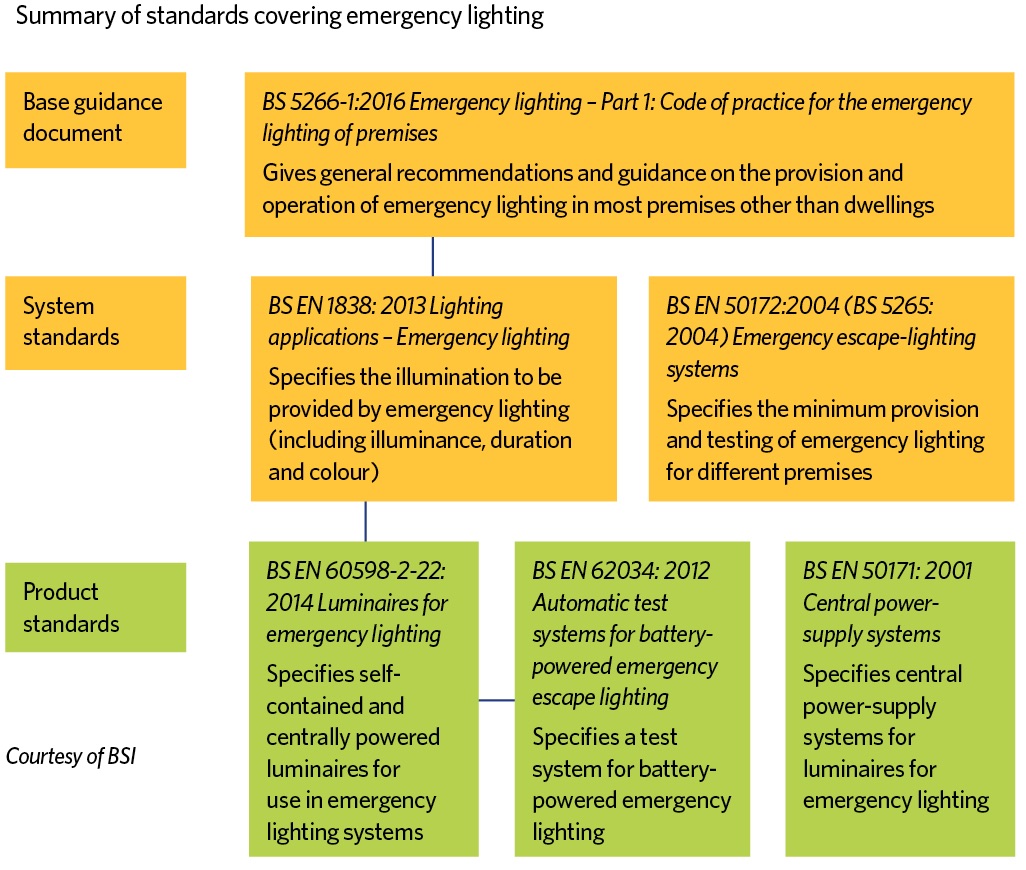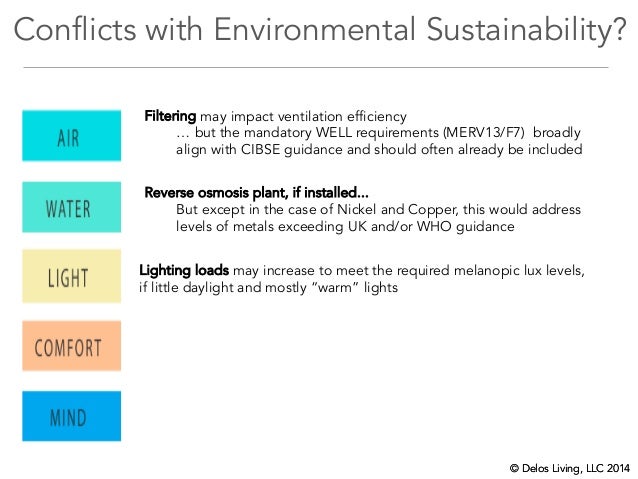Cibse Guide Lux Stairwell
Navigation in the library is key. To find the right shelf and the book, a vertical illuminance of 200 lux is required.
Guide Lux
In addition, the uniformity must be high so that the lowermost book is equally visible as the topmost. Colour rendering should also be above Ra 80. Recommended shelf lighting systems are asymmetric luminaires mounted on top of of each shelf or linear pendants or wall mounted luminaires, also with asymmetric light. The library is a meeting place where social zones require a cosier light setting. To mix artificial light with daylight and coordinate this with blinds is a challenging task that requires careful light management, but the effect may ensure a friendly and comfortable atmosphere for reading and working.
Reading areas, on the other hand needs a good working light. The minimum average illuminance should be 500 lux with a high uniformity and low glare. Indirect-direct luminaires create a uniform light that improve the work environment. To allow for greater flexibility and allow for individual needs, a task light for each reading station is recommended. Preferable integrated in the table surface to save space. Since many work stations include a computer an asymmetric task light will help avoid glare from the computer screen and to avoid disturbing neighbouring study partners.
Being a public area, the library needs proper emergency lighting and markings of escape routes and exits. Lighting requirements in EN 12464-1 Type of area, task or activity Lux-level (E m) Glare rating (UGR L) Uniformity (U 0) Colour rendition (R a) Specific requirements Library: bookshelves 200 19 0,60 80 Library: reading areas 500 19 0,60 80 NOTES:. In some enclosed places such as offices, education, health care and general areas of entrance, corridors, stairs, etc., the walls and ceiling need to be brighter. In these places it is recommended that the maintained illuminances on the major surfaces should have the following values: Ē m 75 lx with U o ≥ 0,10 on the walls and Ē m 50 lx with U o ≥ 0,10 on the ceiling. The maintained mean cylindrical illuminance (average vertical plane illuminance) in the activity and interior areas shall be not less than 50 lx with U o ≥ 0,10, on a horizontal plane at a specified height, for example 1,2 m for sitting people and 1,6 m for standing people above the floor.
Lol Guide Lux

In areas, where good visual communication is important, especially in offices, meeting and teaching areas, Ē z should not be less than 150 lx with U o ≥ 0,10. For uniform arrangement of luminaires or roof lights a value between 0,30 and 0,60 is an indicator of good modelling.
Lighting Design Lighting is an integral part of any building, both for the comfort and safety of the occupants. However, the lighting load often consumes the greater part of the buildings energy supply so a compromise between energy consumption, lighting levels and lighting quality must be found. Although task lighting may be required in addition to these levels, the background lighting levels for the various areas of the hotel as gained through CIBSE are give below Low lighting Requirement. Rooms -50 lux. Halls/stairs - 150 lux.
4.18.2 External Illumination (lux) Levels. BREEAM and CIBSE/SLL and ILE Lighting Guides. Filtrate quickly into the many doors and down the staircase to.
Restaurant- 150 lux High lighting Requirement. Swimming pool - 300lux. Gym - 500 lux. Kitchen- 500 lux.
Office - 500 lux Source: CIBSE guide Natural Daylight Design In order to minimise the lighting loads natural daylight must be utilised, however, the window sizes are constrained due to the heat loss which will be substantial. The heating load was therefore given dominance and the various window sizes calculated in ESP-r. Covered in Heating section. The hotel design has the benefit of not having much depth, hence during sunshine hours most areas will be adequately lit from natural day-lighting. The daylight factor was calculated for a bedroom to find the daylight levels available at the maximum depth. The approximate daylight factors for a bedroom are shown above.
Using a CIBSE daylight factor protractor the minimum daylight factor within the room was found to be 4%. If the diffuse sky has approximately 5000lx then the minimum lighting available within the room is 200lx, four times the background requirement. Despite the restaurant being slightly deeper the increase in size of glazing area makes the minimum daylight factor similar to that of the bedroom hence on an average day the background lighting will be met. As for the halls small roof lights will be implemented to supply daylight to these areas. Glare Control The use of windows increases the chances of glare within a room and while many devices such as light shelves and photo-chromatic glass exist, this design will use lower cost internal shading. The predominant load within the hotel is heating, hence by using internal shading, such as a pull down blind heat will still be able to enter the building while the glare is reduced.

Having a lightweight and light colour blind will still allow a large diffuse part of the suns energy to enter the building saving on the use of artificial lighting. Artificial lighting High Efficacy lamps Artificial lighting is still required throughout the hotel for during the night and for the areas which are not lit adequately by natural daylight. The demand of this lighting can be reduced however by the use of high efficacy lamps which produce more lumens per watt of power supplied to them. Source: For the smaller areas, such as bedrooms, compact fluorescent lamps can be used. These have an efficacy of 60lm/W compared to a tungsten filament bulb of 12lm/W, hence a 100w tungsten lamp can be replaced with a 20w compact fluorescent lamp resulting in an 80% energy saving. For the larger rooms the similar efficacy tubular fluorescent tubes can replace tungsten filaments When the lamps are assumed to be on for 20 hours a day and using the lumen method to determine the number of lamps required for the hotel the saving of energy can be Bedroom 0.5MWh per year Restaurant 17.8MWh per year Kitchen 35MWh per year Task lighting will also be needed to be supplied and is not taken into account in these savings. The task lighting can also be of high efficacy lamps but will be used very intermittently.
Other Artificial concerns In the swimming pool there is a greatly increased chance of glare due to the reflectivity of the water and the fact large bright lamps will need to be used to meet the background light demand. Therefore the lamps will be positioned as up-lighters. This will not only reduce the glare but the lamps can be positioned lower and hence make maintenance easier. Bedroom Artificial Lighting Design Axonometric View of 1st Floor Control Control is where the greatest energy savings can be made with respect to the lighting systems.
Control for bedrooms, It was found using the lumen method that only one bulb was required for the floor area of the bedroom. For this reason expensive control systems would be too complicated for the occupants to use and are not necessary, simple control will be applied: 1) The light switch will have a dimmer control to allow the occupant to adjust the lamp with respect to the light required. 2) A key card system will be implemented where the occupant will place there room key card in a holder, whilst the card is present the room will be supplied with electricity and the lights will work, when the card is remove, i.e the person leaves the room the electricity will be switched off. People will be very inactive in their rooms and hence occupancy sensors would be an annoyance if the lights keep switching off.
3) The internal shading blinds will also be at the control of the occupant to control the natural lighting level. Control for restaurant, office and other areas 1) Where multiple lamps are used a stepped PSALI (permanent supplementary artificial lighting of interiors), can be implemented. This system will use light sensors and by turning on and off individual lamps the required lux level on the sensor can be achieved. During daylight hours the lamps near the windows would be switched off and the lamps deeper in the building would be switched on S ource: In high natural light conditions light C will be on, as the natural light subsides lights B will replace C and then at night both lights A and B can be turned on.
Automatic control will be used to control this switching. 2) As the occupancy of the restraint will differ during different parts of the day. Curtains will be drawn to reduce the size of the restaurant for periods such as lunch time when some of the occupants are expected to be away for the day. The lighting in the partitioned areas can then be switched off so that it uses no electricity when it isn’t required.
3) Occupancy sensors can be used in places such as storage cupboards, the gym and offices so that the lights are on for no longer than they need to be 4) Master switches will be available to the hotel staff for all communally accessible areas to allow for overnight shut down. References and Bibliography Compact fluorescent lamps Environmental science in building, Randall McMullan, Published by Palgrave, 2002 Natural Lighting, Lighting system, Artificial lighting, Best Practise Guide for Hot CIBSE, BRE, Good Practice guide, 272 lighting Metric Handbook Design and Planning, chapter 3 hotels.
David Adler, Architectural Press.
Most Viewed Pages
- Cbr1000rr Service Manual 2012 Flasher Relay
- Mechanical Aptitude Firefighters Study Guide
- Manual Do Fiat Brava 2017
- 04 Honda Crf 450 Manual Svenska
- 2003 Vw Gli Owners Manual
- Ford Scorpio Manual 91
- Fanuc Force Control Manual
- 06 Corolla Repair Manual
- Foundation Analysis Design Bowles Solution Manual
- Beacon Lumber Practice Set Solution Manual